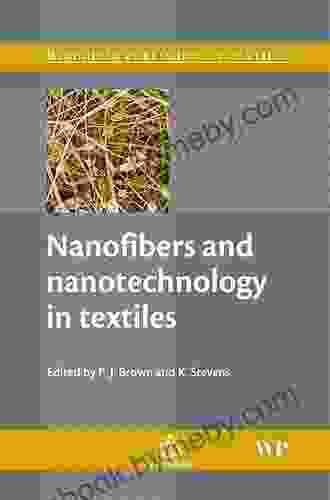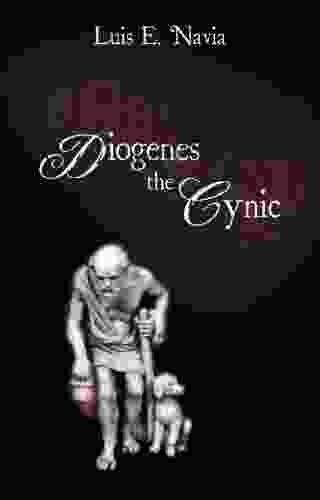Unveiling the Revolutionary World of Nanofibers and Nanotechnology in Textiles

The textile industry, an age-old human endeavor, has undergone a profound transformation in recent years, propelled by the advent of nanofibers and nanotechnology. These cutting-edge advancements have opened up unprecedented possibilities for creating fabrics and textiles with extraordinary properties and applications, pushing the boundaries of innovation in the realm of materials science.
Nanofibers: The Building Blocks of Textile Revolution
At their core, nanofibers are ultrafine fibers measuring less than 100 nanometers in diameter, roughly 1/1000th the width of a human hair. These minuscule fibers possess a unique combination of strength, flexibility, and surface area, making them ideal building blocks for a wide range of textile applications.
4.7 out of 5
| Language | : | English |
| File size | : | 17312 KB |
| Text-to-Speech | : | Enabled |
| Screen Reader | : | Supported |
| Enhanced typesetting | : | Enabled |
| Print length | : | 528 pages |
Nanofibers can be produced from a variety of materials, including polymers, ceramics, and metals. By manipulating their composition and structure, scientists can tailor their properties to meet specific end-uses. For instance, nanofibers made from synthetic polymers offer exceptional tensile strength, while those derived from ceramics exhibit high thermal resistance.
Nanotechnology in Textiles: A World of Possibilities
Nanotechnology, the manipulation of matter at the atomic and molecular scale, has enabled the creation of advanced textiles with properties that were once considered impossible. By incorporating nanomaterials into the fabric structure, researchers have engineered textiles that:
- Enhanced Durability: Nanofibers, with their superior strength and resilience, reinforce textiles, increasing their resistance to wear, tear, and abrasion.
- Improved Thermal Insulation: Nanofibers create a dense network of air pockets, trapping heat and enhancing the fabric's insulating properties.
- Water- and Stain-Resistance: Nanomaterials like hydrophobic coatings repel water and stains, preventing moisture penetration.
- Antibacterial and Antimicrobial: Embedding metallic nanoparticles or antimicrobial agents into the fabric imparts antibacterial and antimicrobial properties, combating the growth of harmful microorganisms.
- Self-Cleaning: Photocatalytic nanomaterials can break down organic matter upon exposure to sunlight, facilitating self-cleaning textiles.
- Conductive and Sensing: Incorporating conductive nanomaterials into textiles enables them to conduct electricity, enabling applications in electronics, sensors, and medical devices.
Applications of Nanofibers and Nanotechnology in Textiles
The versatility of nanofibers and nanotechnology has spawned a vast array of applications in the textile industry, including:
- Protective Clothing: Nanofiber-based fabrics offer exceptional protection against hazards such as flames, chemicals, and biological agents.
- Medical Textiles: Nanofibers are used in wound dressings, tissue engineering scaffolds, and drug delivery systems.
- Smart Textiles: Nanomaterials enable the incorporation of sensors, actuators, and energy storage devices into textiles, creating smart fabrics with advanced functionality.
- Filter Media: Nanofiber membranes are used in air and water filtration systems, effectively removing pollutants.
- Energy-Saving Textiles: Nanofibers can enhance the thermal insulation of fabrics, reducing energy consumption in buildings.
- Anti-Counterfeiting: Nanomaterials can be incorporated into textiles to create unique patterns or markers that are difficult to replicate, preventing counterfeiting.
The Future of Nanofibers and Nanotechnology in Textiles
As research and innovation continue, the potential for nanofibers and nanotechnology in textiles is seemingly limitless. The future holds promise for the development of:
- Nanofibrous Scaffolds for Tissue Regeneration: Advanced nanofibers can mimic the structure and properties of native tissues, providing a supportive environment for cell growth and differentiation.
- Wearable Electronics: Nanomaterials can integrate sensors, actuators, and displays into textiles, creating wearable devices that monitor health, biometric data, and environmental conditions.
- Self-Powered Textiles: Nanomaterials can be used to harvest energy from sunlight or body movement, powering wearable devices without the need for external batteries.
- Biodegradable Nanotextiles: Nanofibers made from biodegradable materials can create sustainable textiles that minimize environmental impact.
Nanofibers and nanotechnology have revolutionized the textile industry, creating a new era of advanced materials with exceptional properties and functionality. From enhanced durability to antimicrobial protection, self-cleaning abilities to conductive fabrics, the possibilities are endless. As research continues to push the boundaries of innovation, the future holds immense promise for the transformative power of nanofibers and nanotechnology in shaping the next generation of textiles.
4.7 out of 5
| Language | : | English |
| File size | : | 17312 KB |
| Text-to-Speech | : | Enabled |
| Screen Reader | : | Supported |
| Enhanced typesetting | : | Enabled |
| Print length | : | 528 pages |
Do you want to contribute by writing guest posts on this blog?
Please contact us and send us a resume of previous articles that you have written.
 Book
Book Novel
Novel Page
Page Chapter
Chapter Text
Text Story
Story Genre
Genre Reader
Reader Library
Library Paperback
Paperback E-book
E-book Magazine
Magazine Newspaper
Newspaper Paragraph
Paragraph Sentence
Sentence Bookmark
Bookmark Shelf
Shelf Glossary
Glossary Bibliography
Bibliography Foreword
Foreword Preface
Preface Synopsis
Synopsis Annotation
Annotation Footnote
Footnote Manuscript
Manuscript Scroll
Scroll Codex
Codex Tome
Tome Bestseller
Bestseller Classics
Classics Library card
Library card Narrative
Narrative Biography
Biography Autobiography
Autobiography Memoir
Memoir Reference
Reference Encyclopedia
Encyclopedia Sol Adoni
Sol Adoni Kareem Aal
Kareem Aal Katie Gayle
Katie Gayle Robert Edison Fulton
Robert Edison Fulton Richard A Ferri
Richard A Ferri Kailyn Lowry
Kailyn Lowry Tomie Depaola
Tomie Depaola Kathy Fischer Brown
Kathy Fischer Brown Justine Bateman
Justine Bateman Karen Brooks Hopkins
Karen Brooks Hopkins Keith Mcdonald
Keith Mcdonald Karen O Toole
Karen O Toole Lauren Hartmann
Lauren Hartmann Katie Daisy
Katie Daisy Karen Ward Mahar
Karen Ward Mahar Shelley Johnson
Shelley Johnson Kathleen Taylor
Kathleen Taylor Karl Tobien
Karl Tobien Niklas Modig
Niklas Modig Lane Hart
Lane Hart
Light bulbAdvertise smarter! Our strategic ad space ensures maximum exposure. Reserve your spot today!
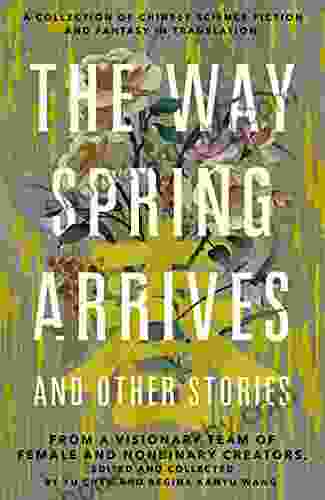
 Harold PowellUnveiling a Literary Tapestry: A Collection of Chinese Science Fiction and...
Harold PowellUnveiling a Literary Tapestry: A Collection of Chinese Science Fiction and...
 Yukio MishimaAll Birds Have Anxiety: A Captivating Journey into the Quirks and Anxieties...
Yukio MishimaAll Birds Have Anxiety: A Captivating Journey into the Quirks and Anxieties...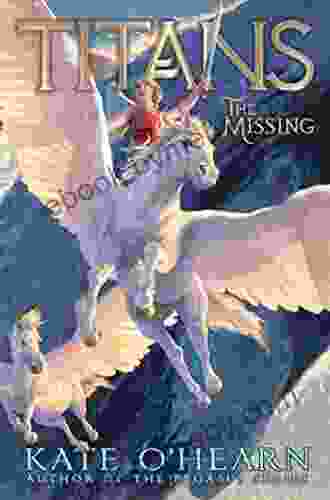
 Nathaniel PowellThe Missing Titans: An Epic Adventure into the Heart of Ancient Mythology
Nathaniel PowellThe Missing Titans: An Epic Adventure into the Heart of Ancient Mythology
 Alexandre DumasUnveil the Secrets of Artistic Inspiration: 'The Naked Muse' by Kelley Swain
Alexandre DumasUnveil the Secrets of Artistic Inspiration: 'The Naked Muse' by Kelley Swain Avery SimmonsFollow ·10.4k
Avery SimmonsFollow ·10.4k William WordsworthFollow ·10.3k
William WordsworthFollow ·10.3k Michael ChabonFollow ·2.6k
Michael ChabonFollow ·2.6k W. Somerset MaughamFollow ·5.2k
W. Somerset MaughamFollow ·5.2k Denzel HayesFollow ·17.9k
Denzel HayesFollow ·17.9k Ezekiel CoxFollow ·12.5k
Ezekiel CoxFollow ·12.5k Eric NelsonFollow ·17.4k
Eric NelsonFollow ·17.4k Harold PowellFollow ·16.7k
Harold PowellFollow ·16.7k
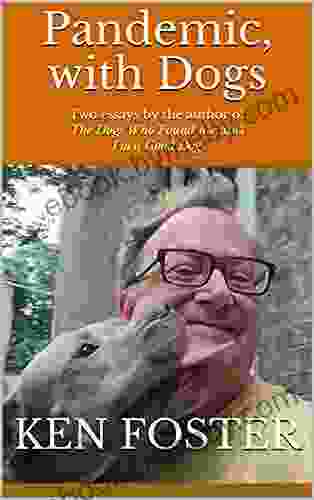
 George Orwell
George OrwellPandemic with Dogs: Two Essays
By Susannah Charleson In the midst of...

 Leo Mitchell
Leo MitchellAdam Smith's The Wealth of Nations: A Classic Treatise on...
Adam Smith's The...
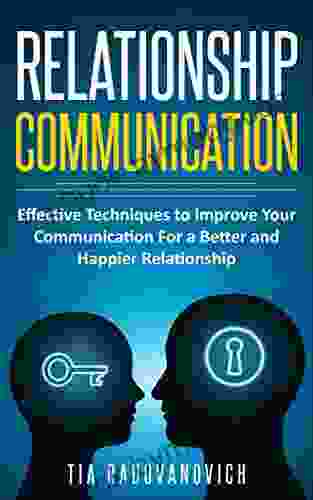
 Cade Simmons
Cade SimmonsUnlock Your Communication Potential: Effective Techniques...
Communication is a fundamental...

 Floyd Richardson
Floyd RichardsonFire and Ashes: Success and Failure in Politics
Fire and Ashes: Success and...

 Oliver Foster
Oliver FosterUnlock the Enchanting Mystery of Ken Follett's "The Key...
Embark on a captivating literary journey into...
4.7 out of 5
| Language | : | English |
| File size | : | 17312 KB |
| Text-to-Speech | : | Enabled |
| Screen Reader | : | Supported |
| Enhanced typesetting | : | Enabled |
| Print length | : | 528 pages |


